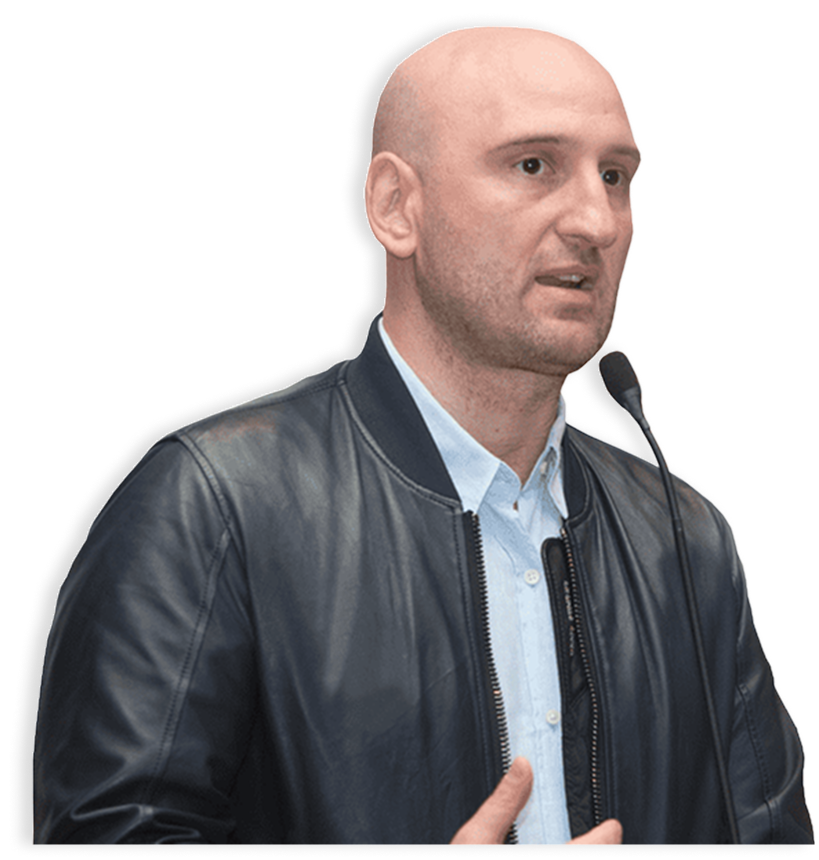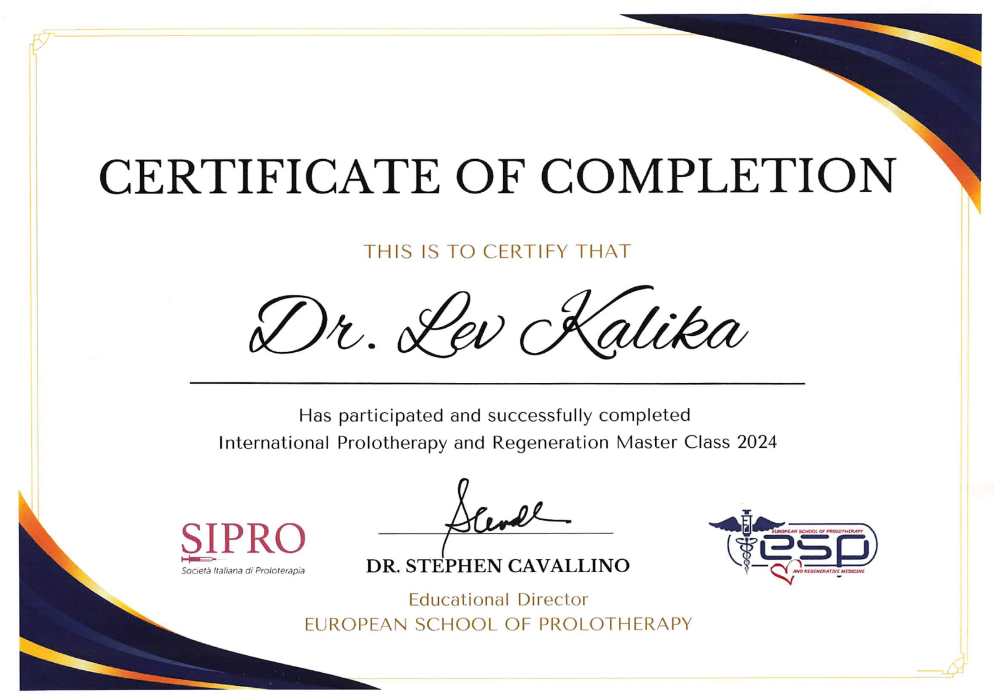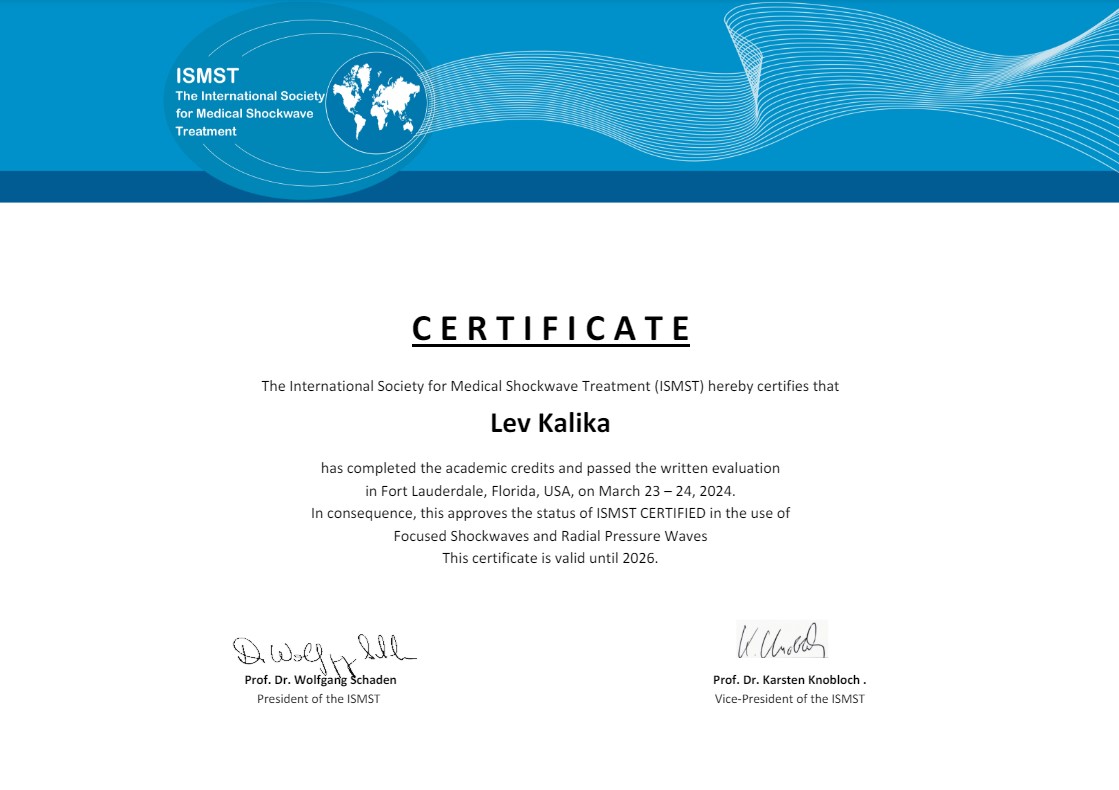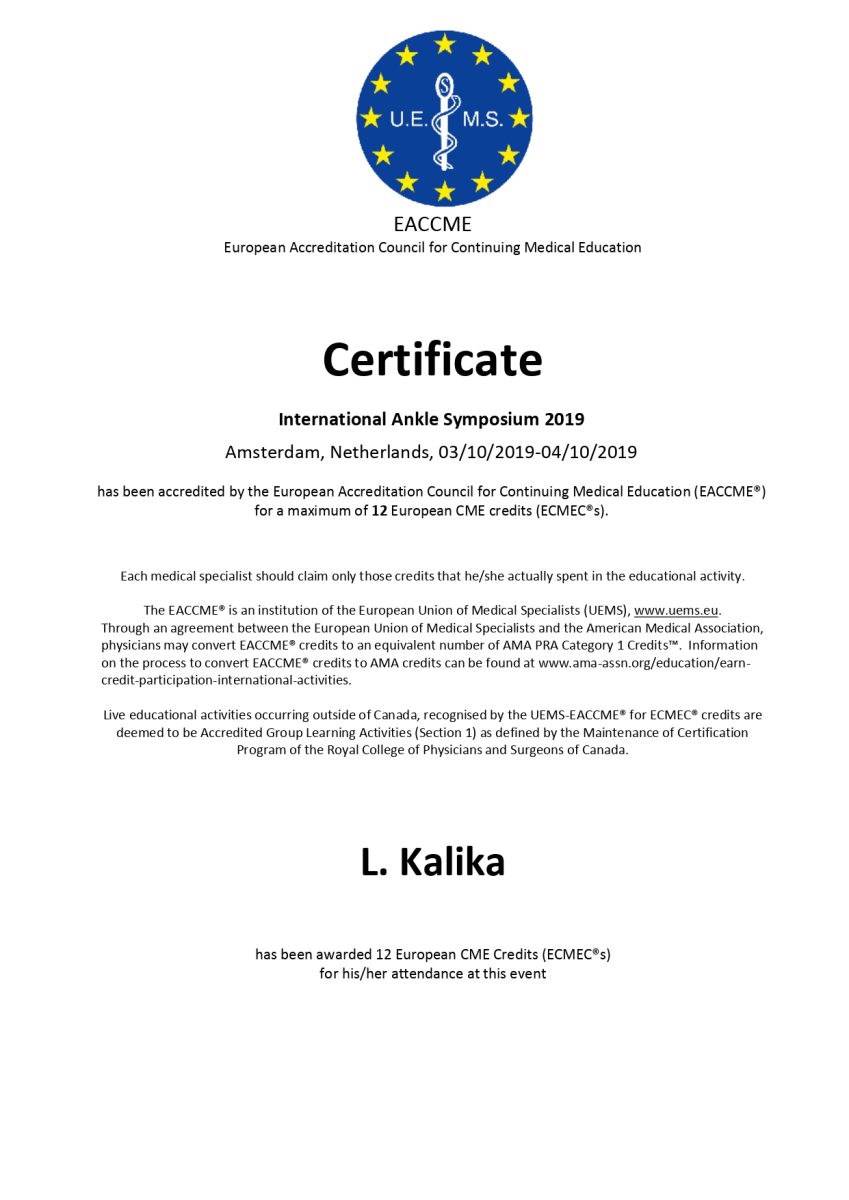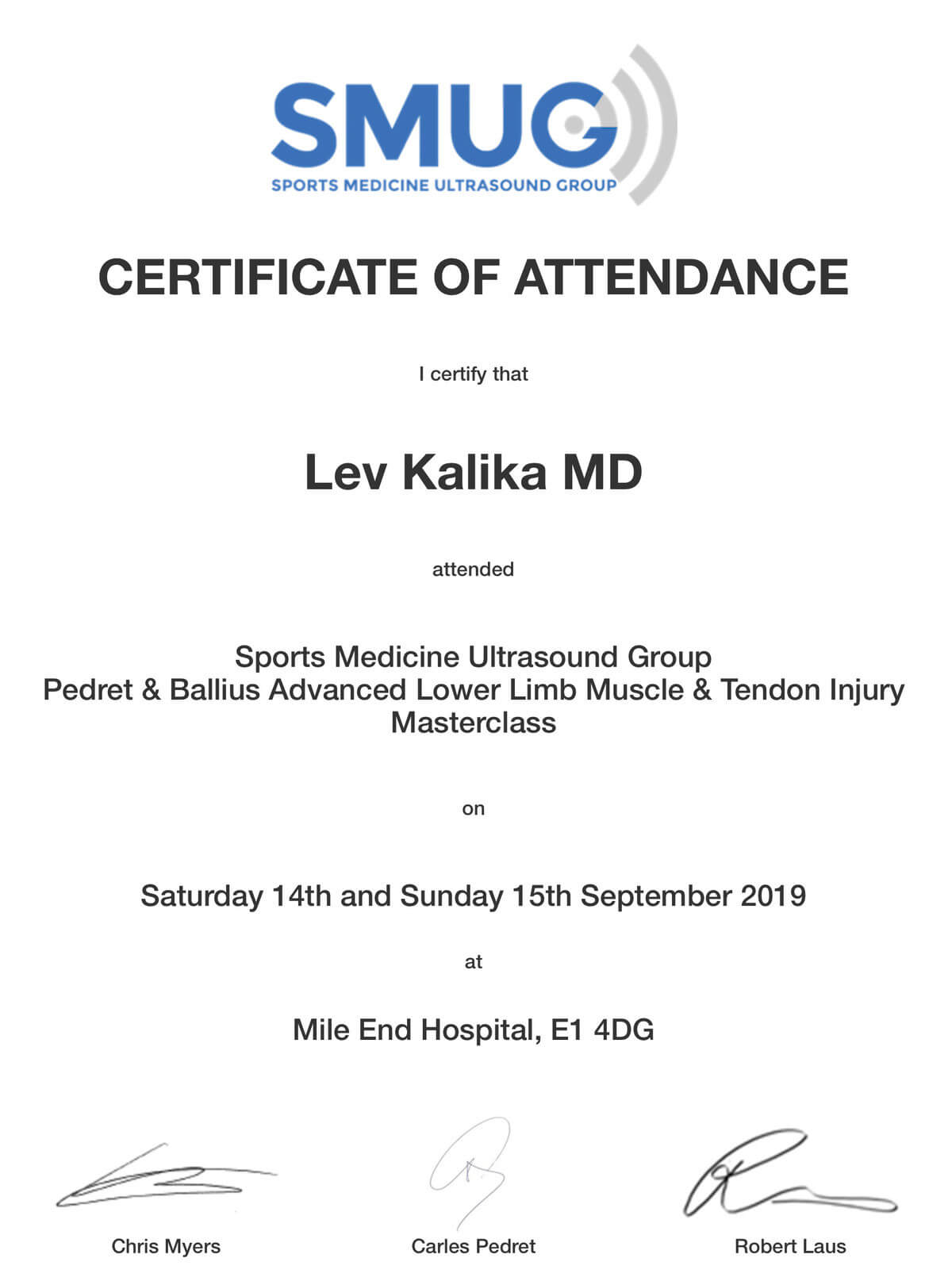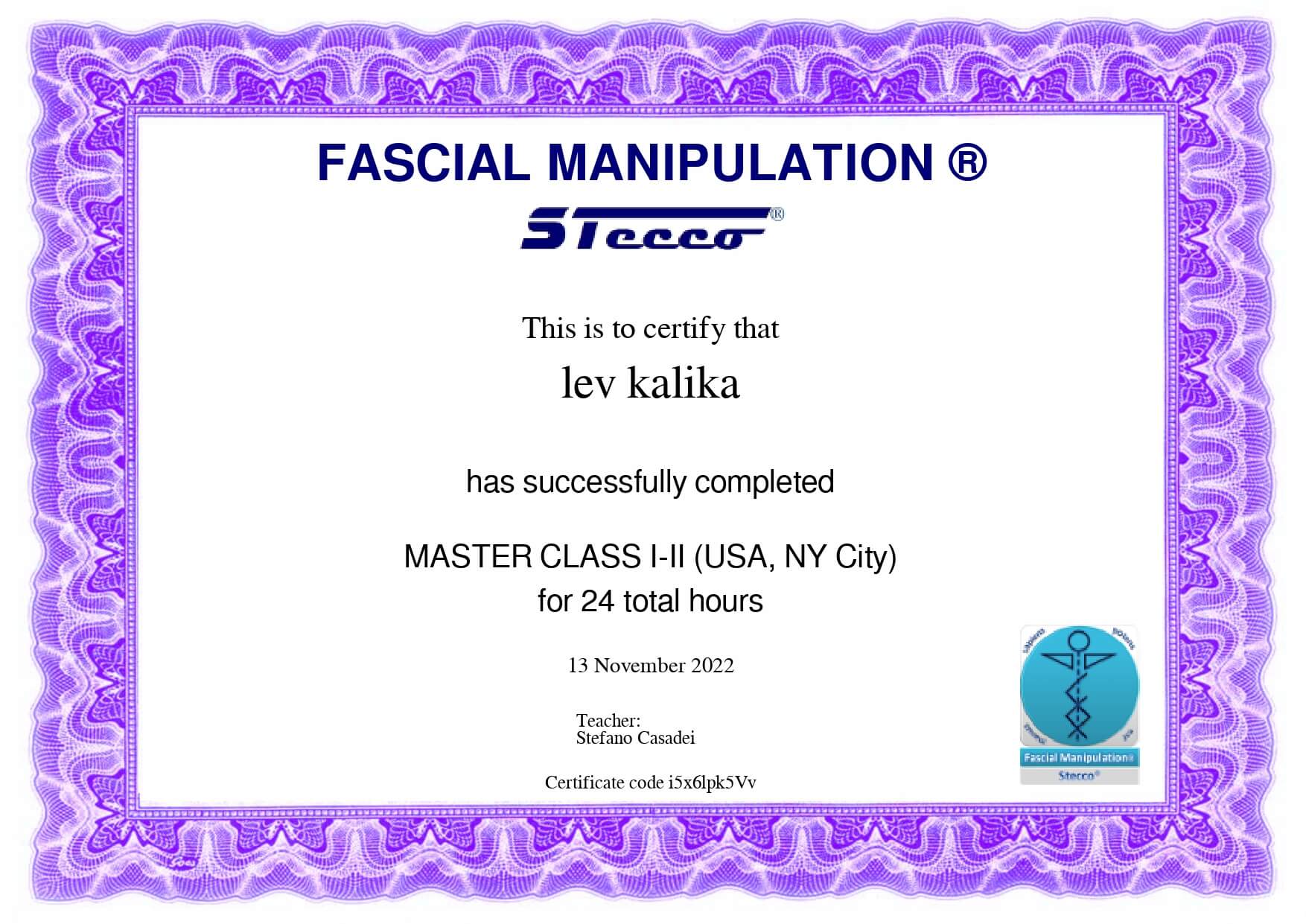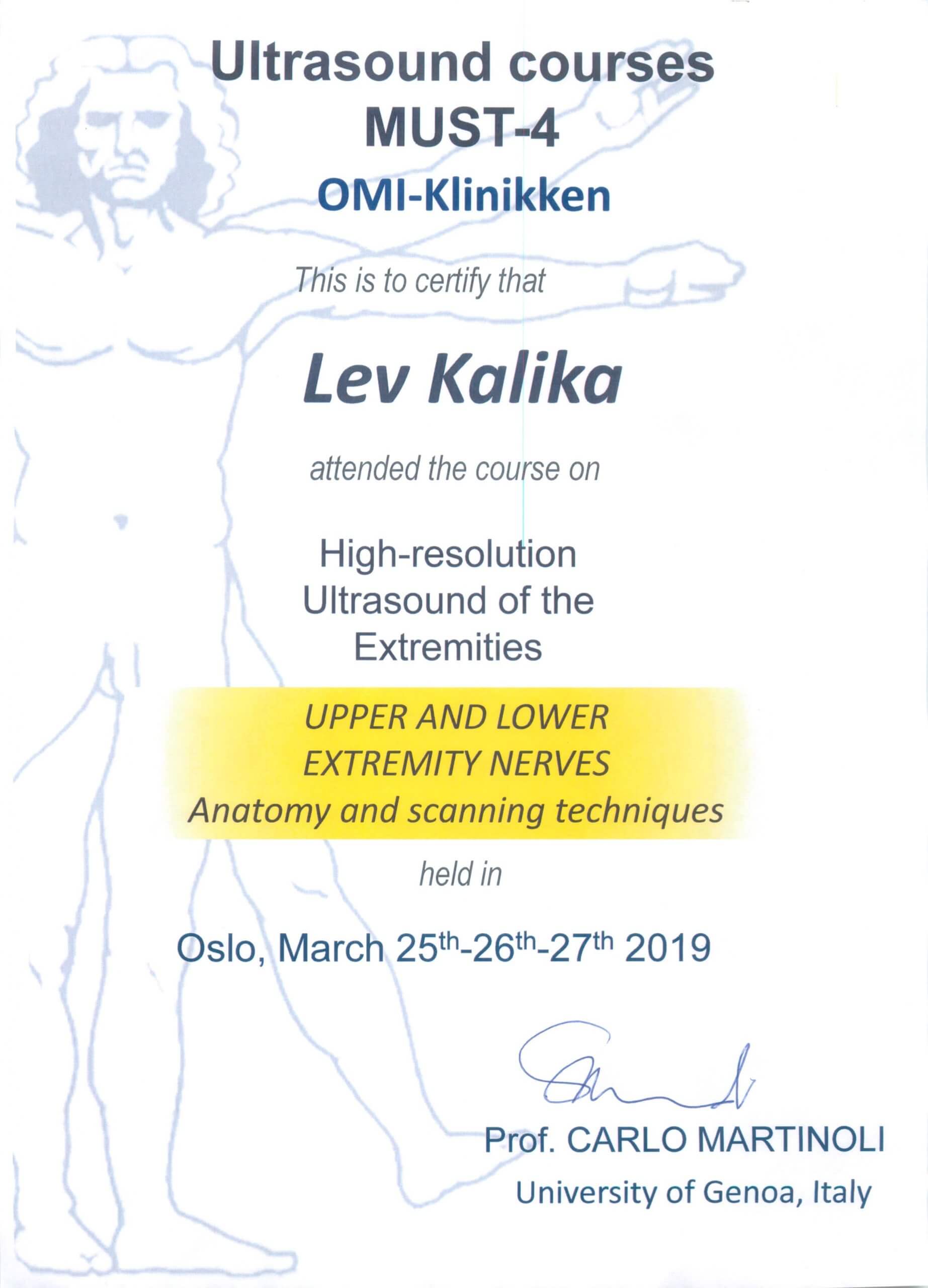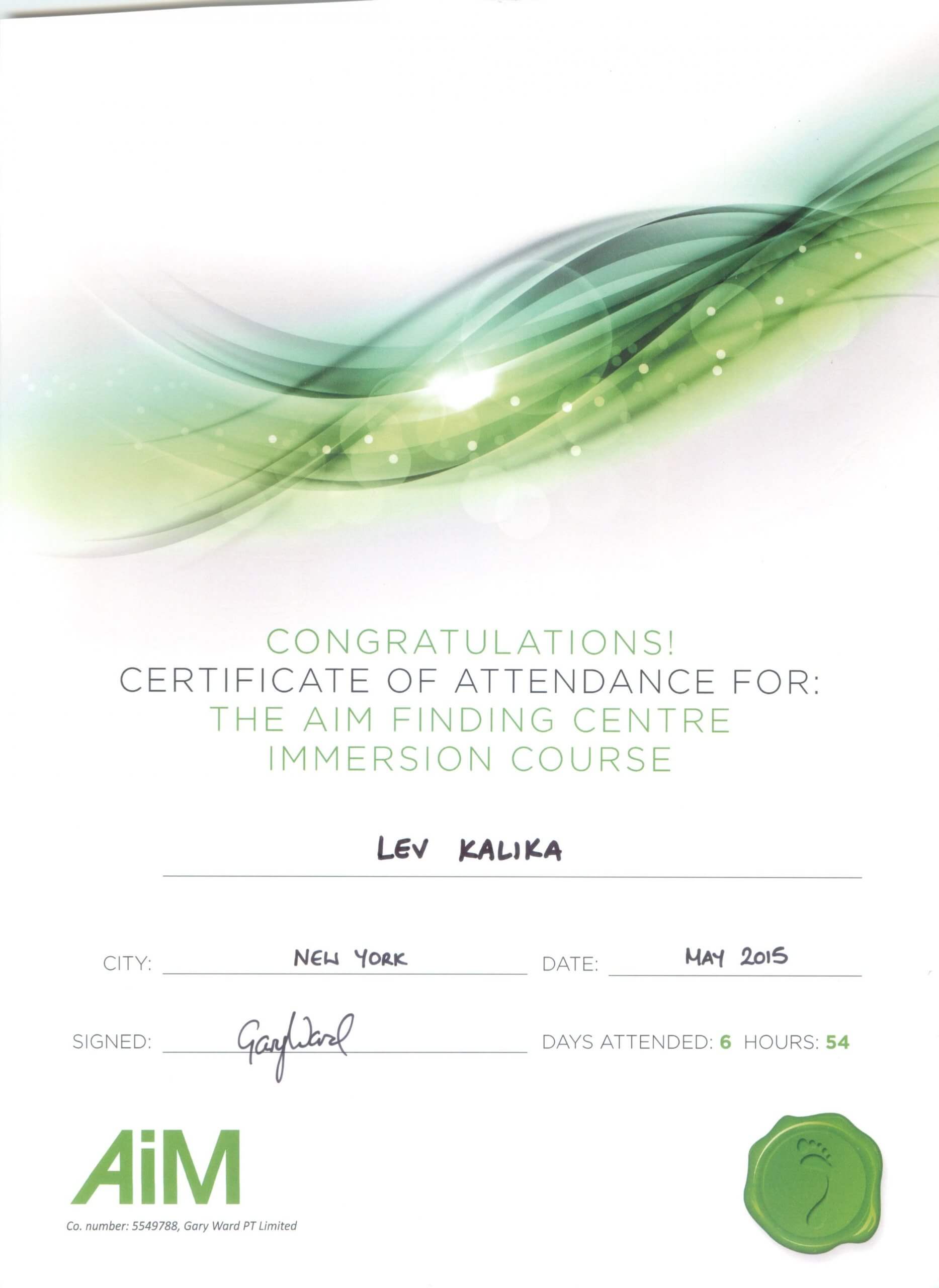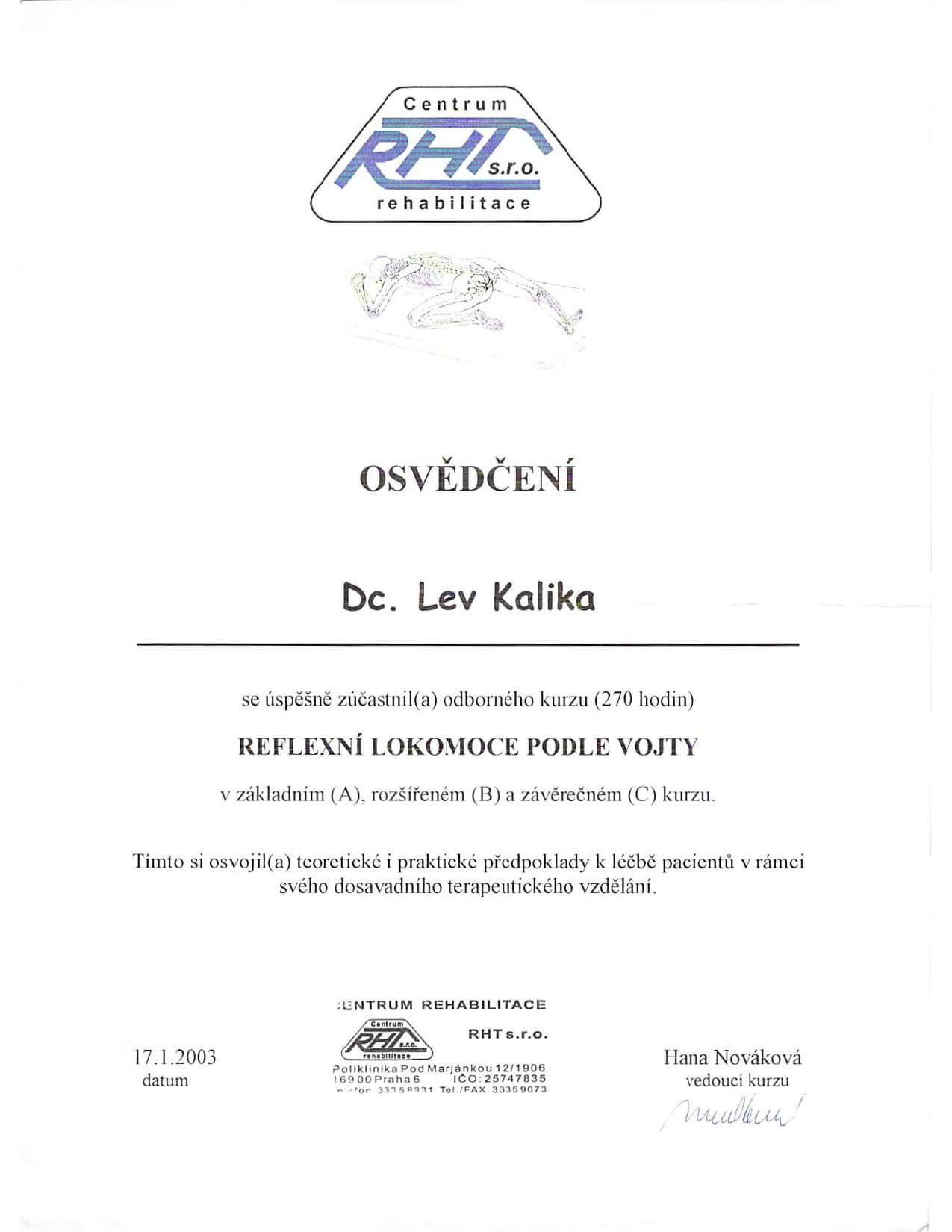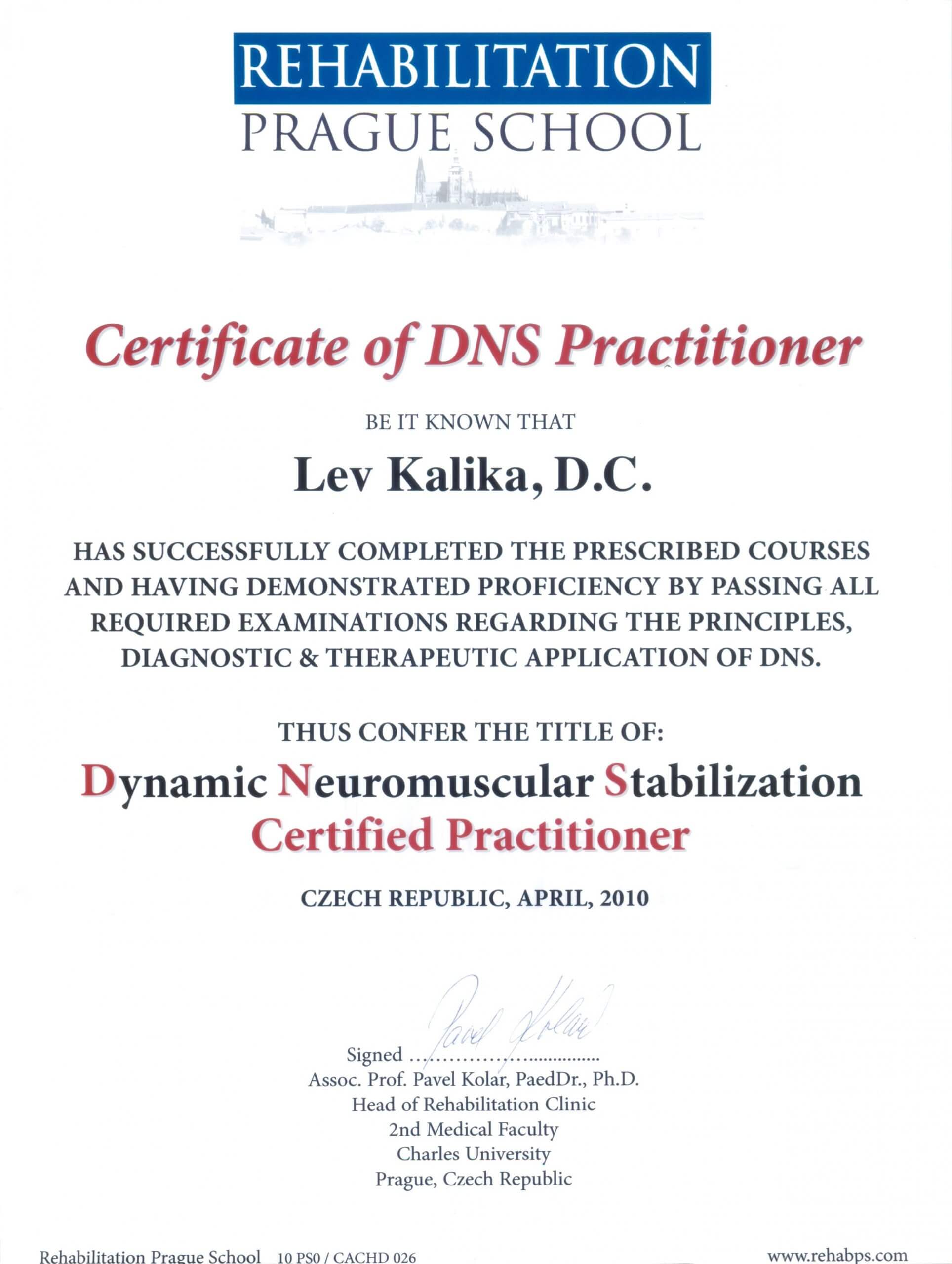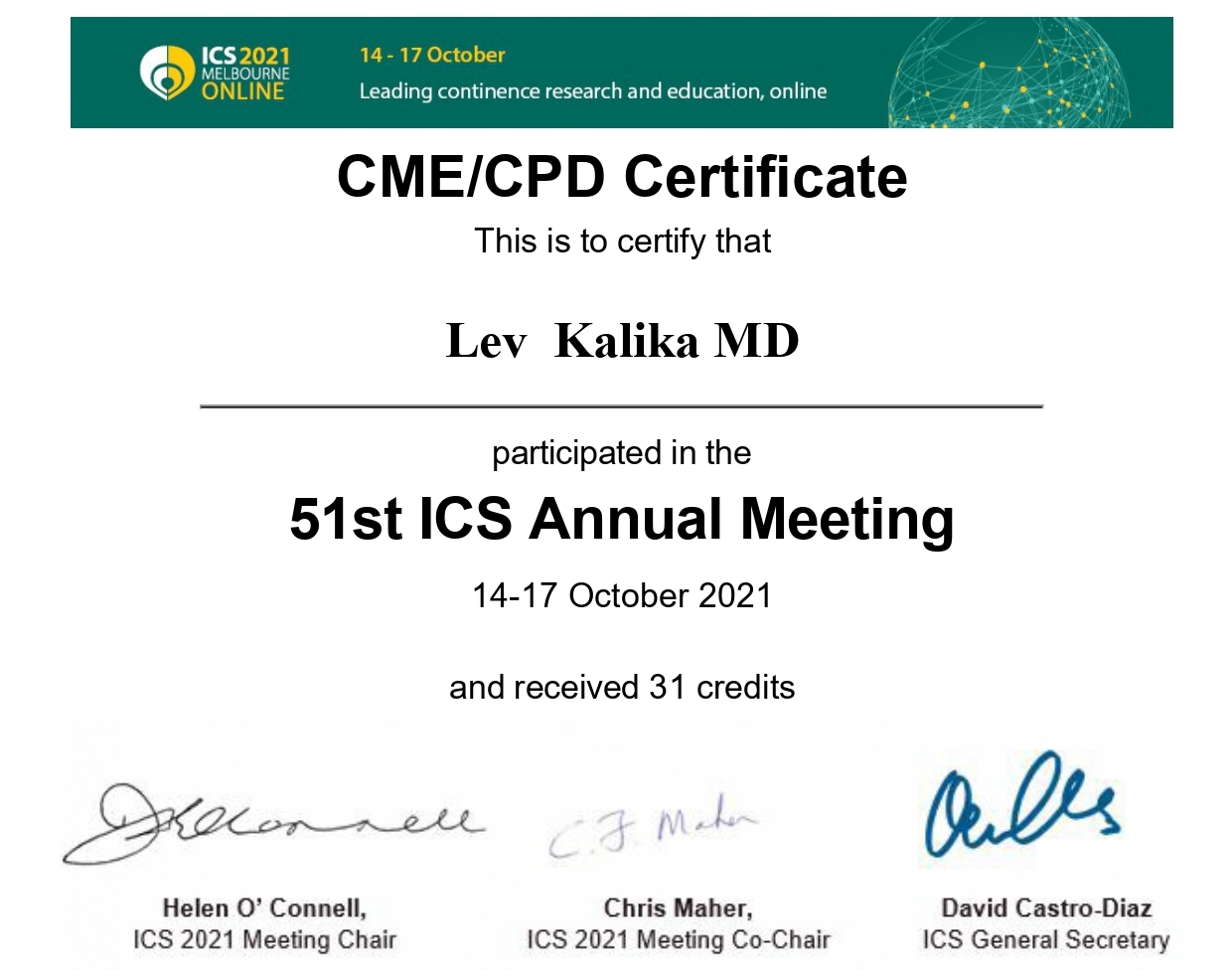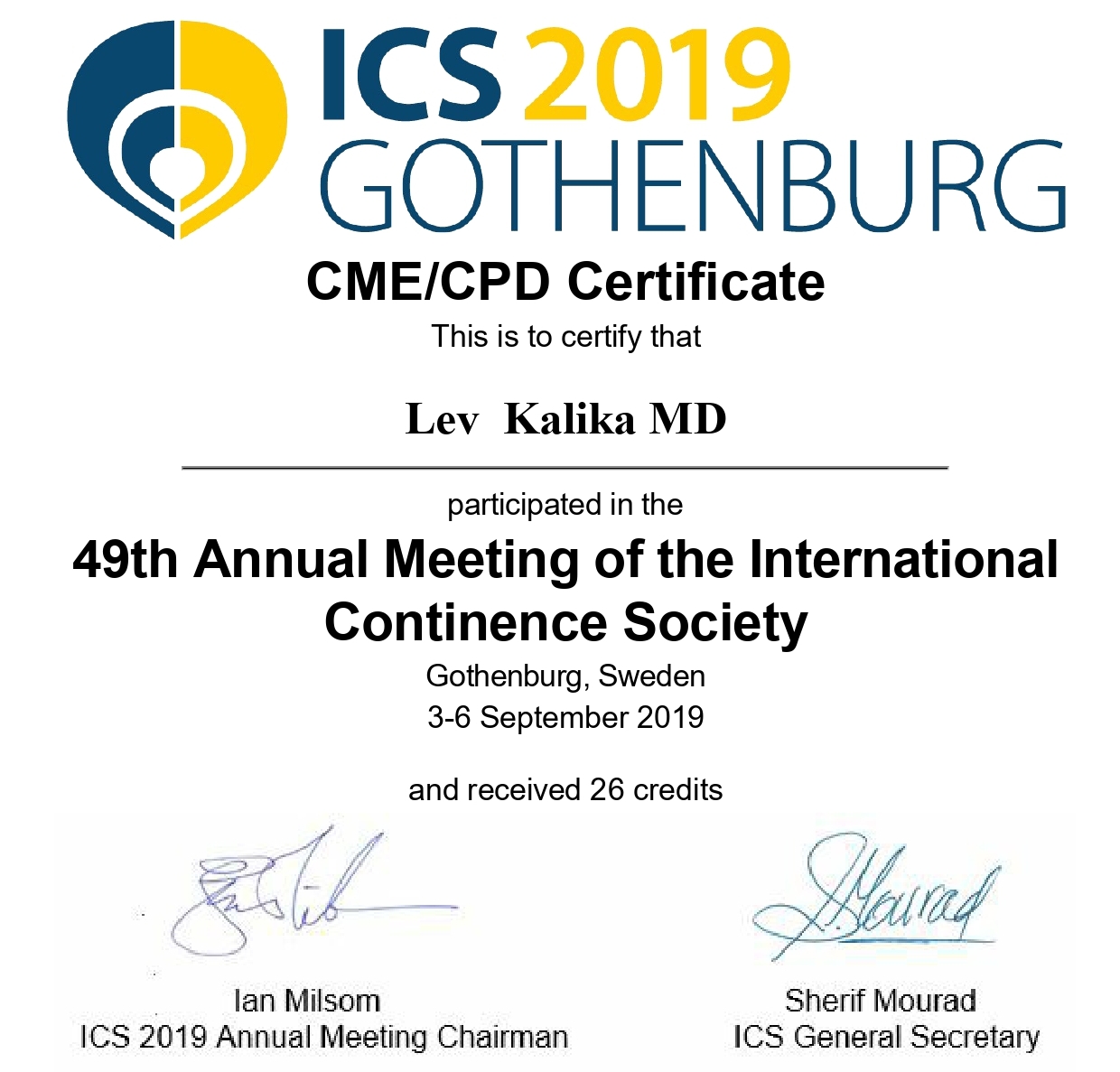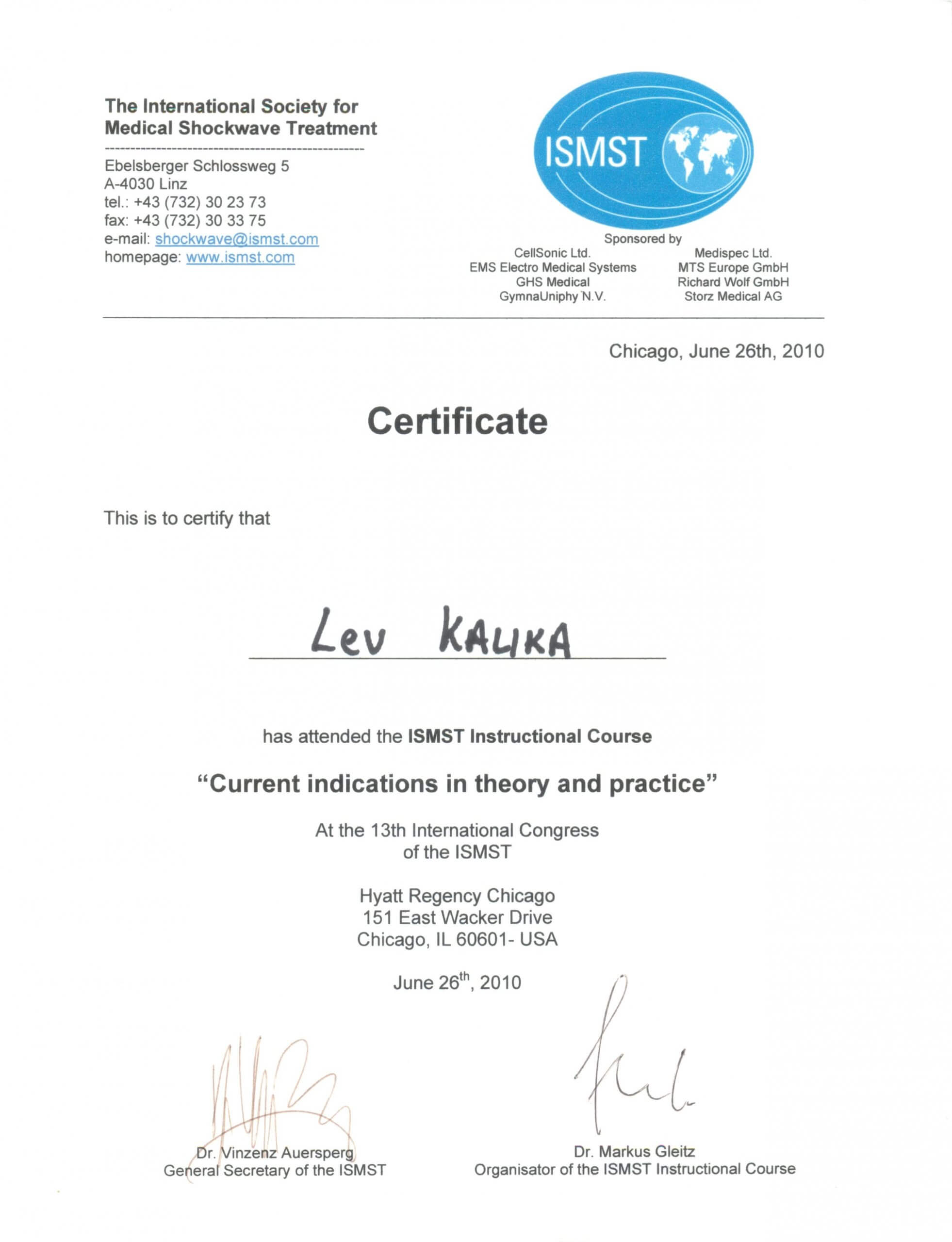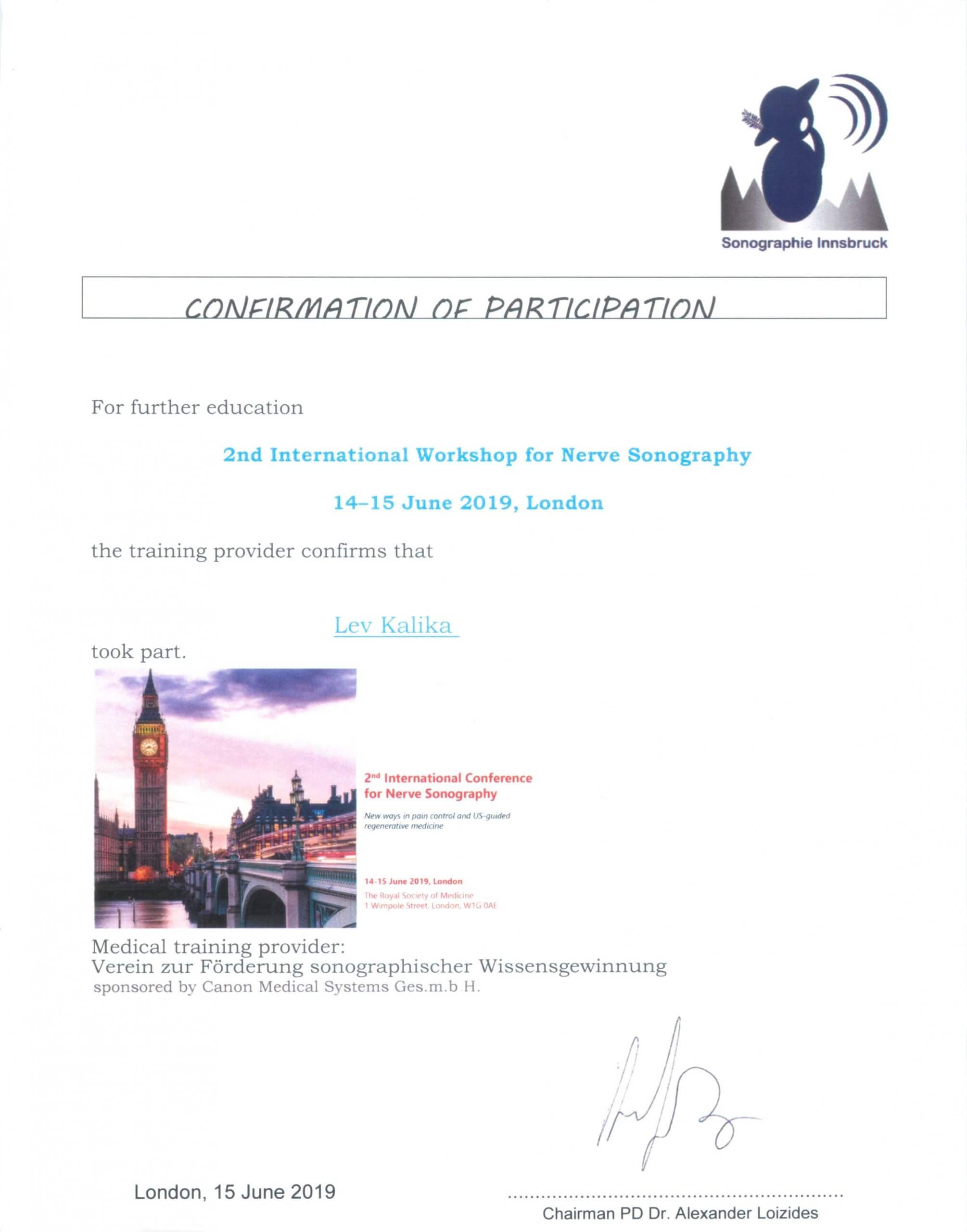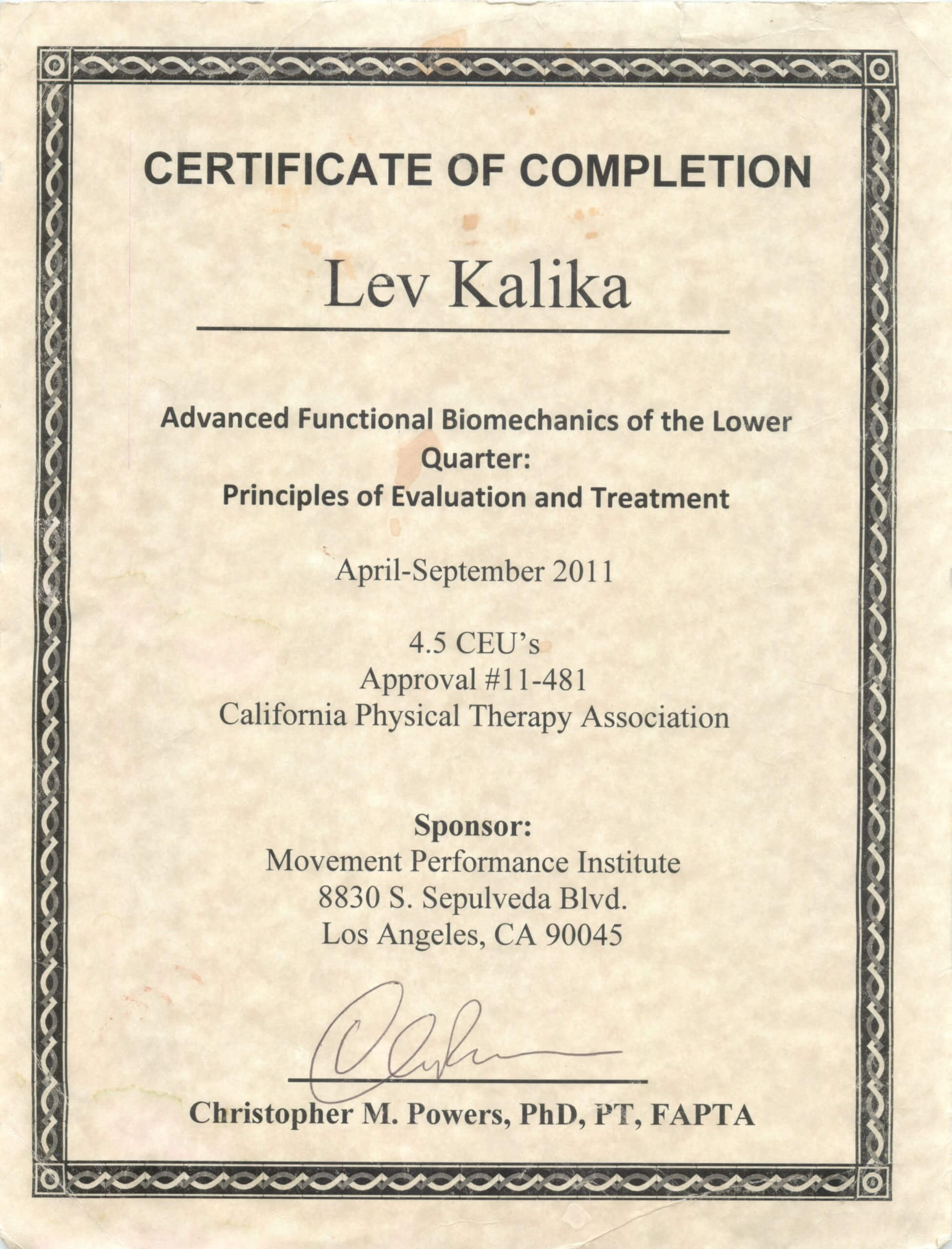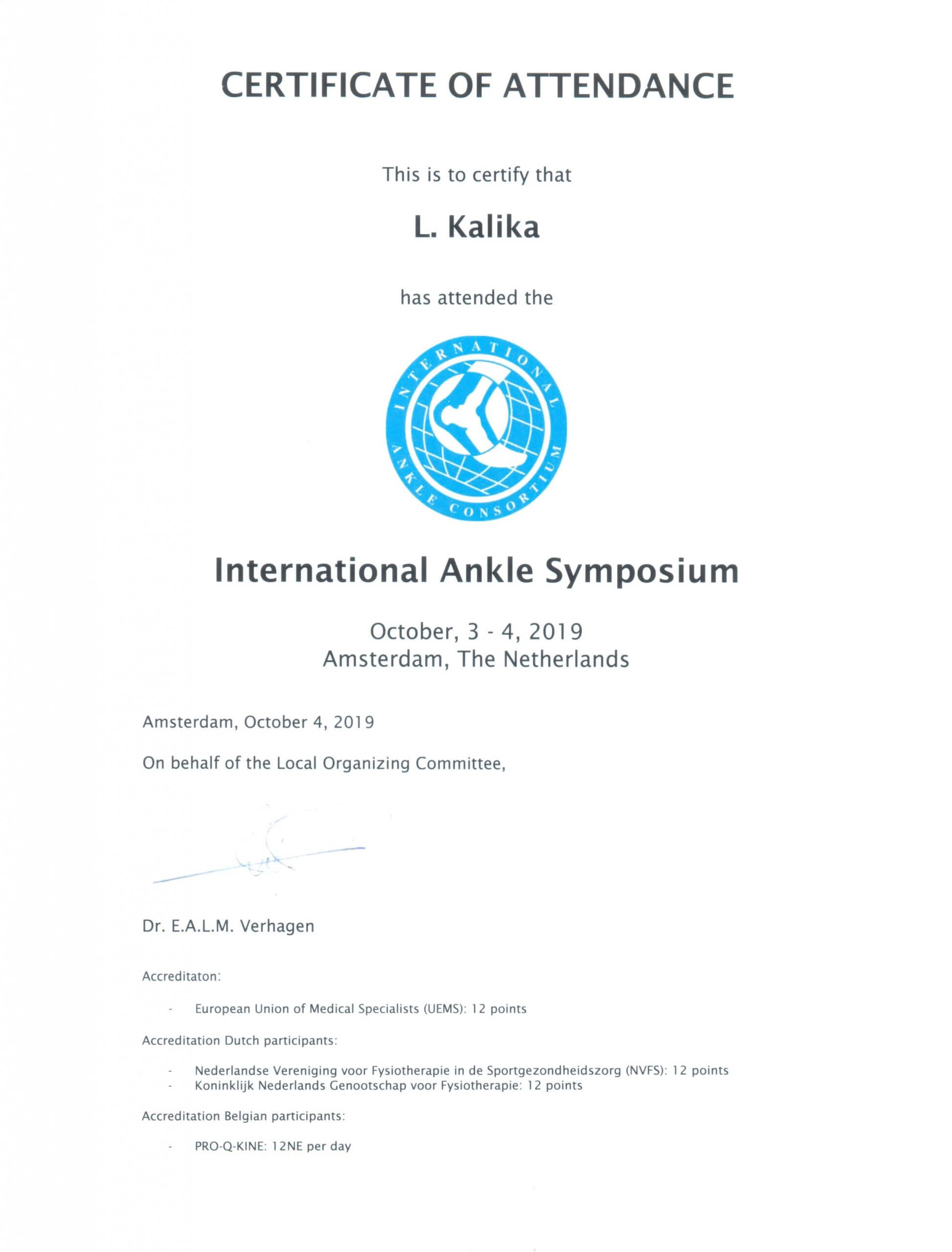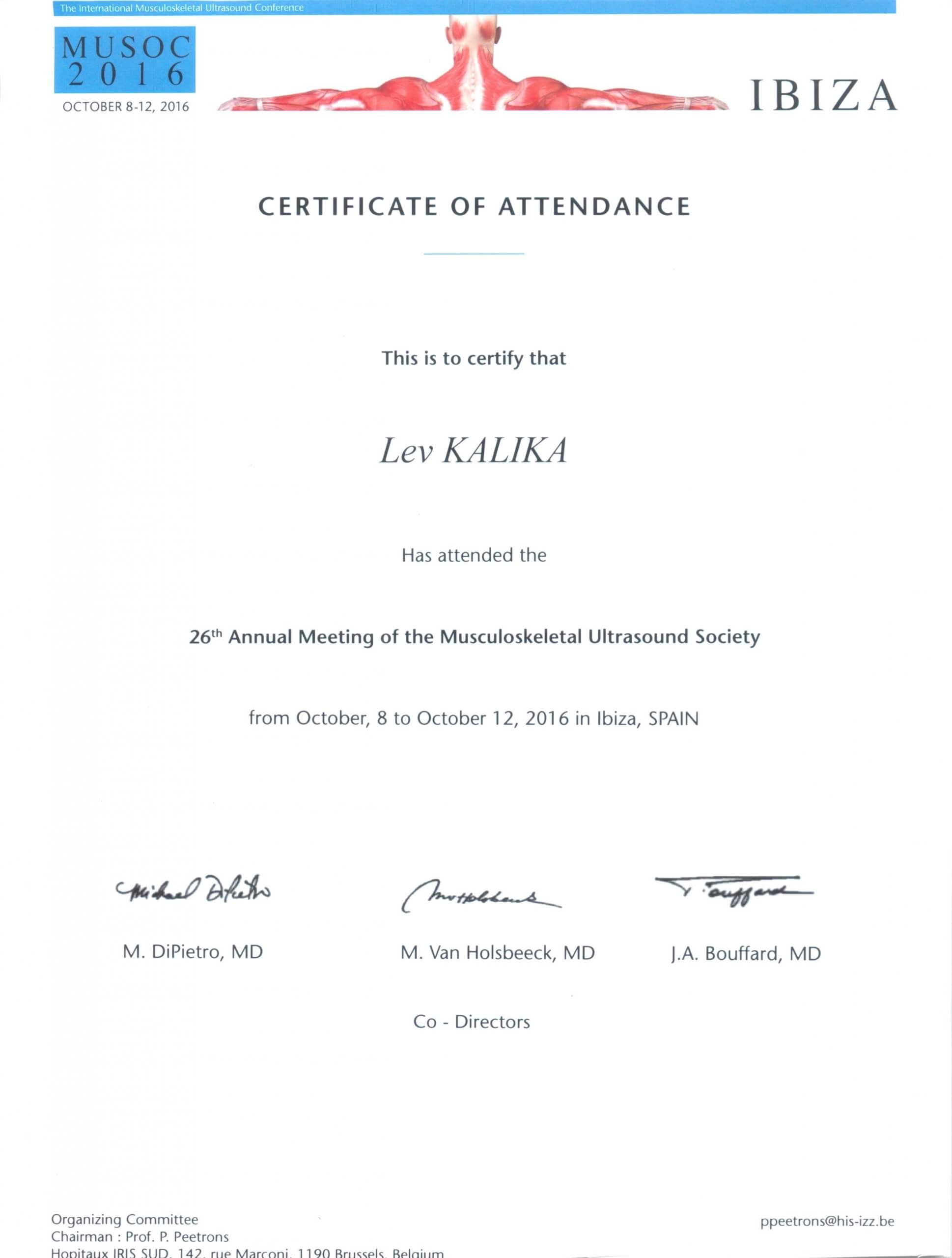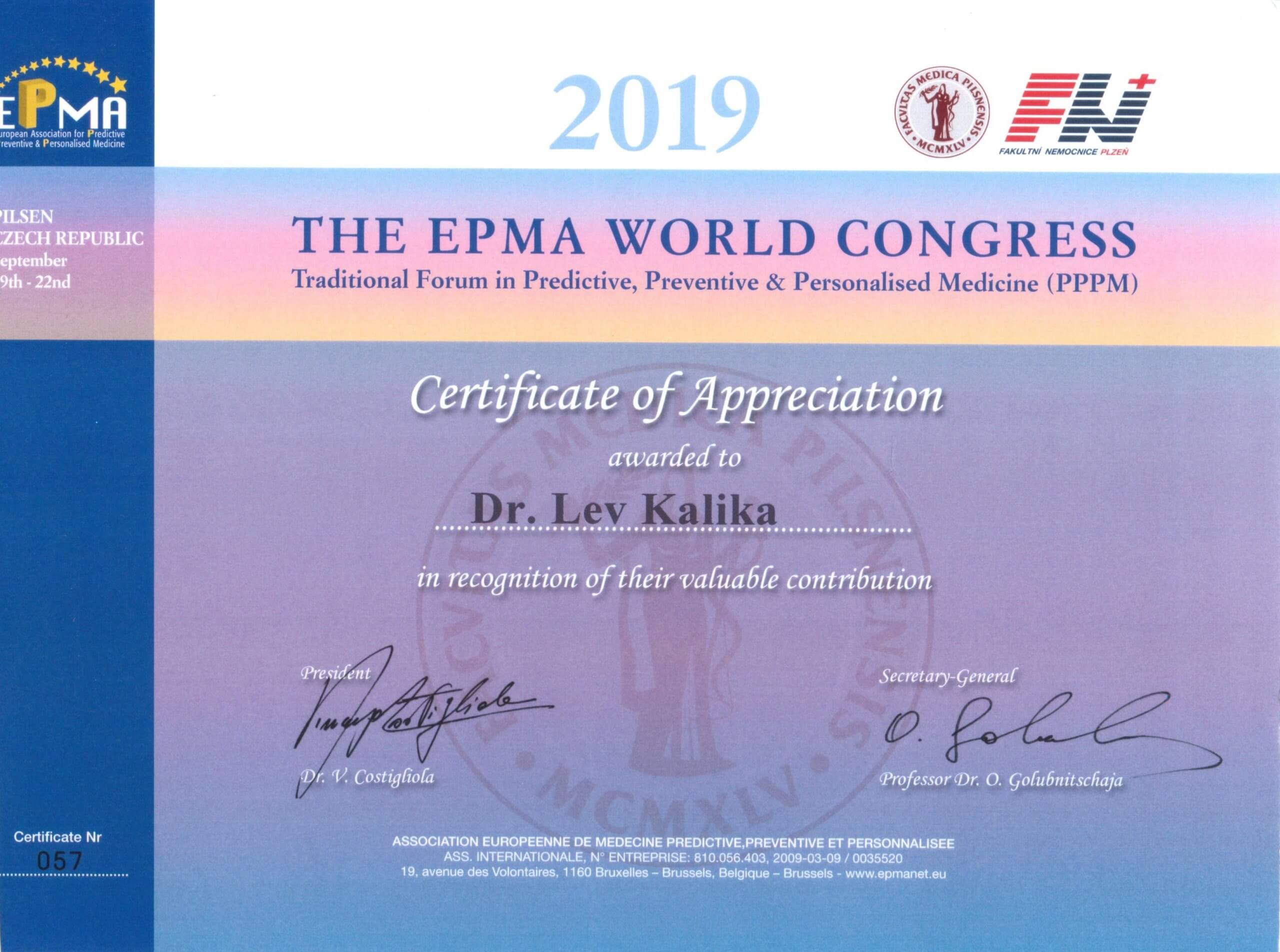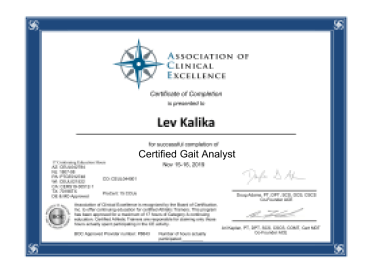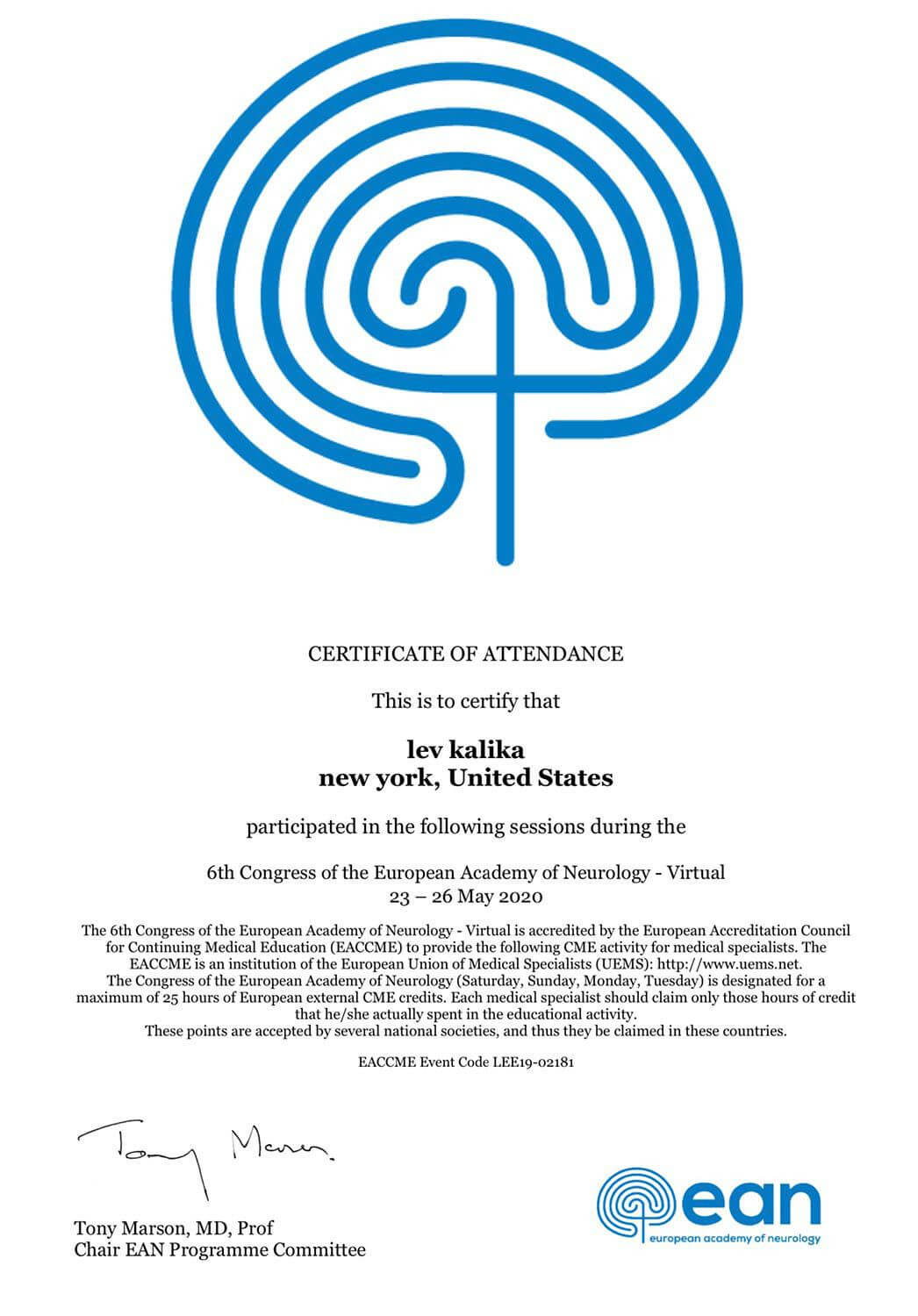How to treat Achilles Tendonitis
May 31, 2017
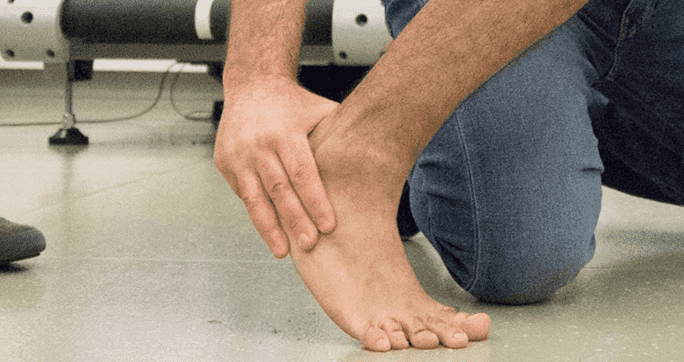
Having Achilles tendonitis is definitely a setback, but it’s not the end of the world. A few weeks’ worth of rest and physical therapy will get you right back in the game.
The more you know about AT and how it occurs, the more likely you’ll be to take recovery seriously and prevent future injuries. Keep reading to find out what you can expect and to learn how you can accelerate the healing process.
AT Defined
It’s easier to understand AT if you know that the suffix “-itis” means inflammation.
The Achilles tendon is a sturdy band of tissue that connects your heel to your calf muscles. Repeatedly pushing off from the ball of your foot puts undue stress on the tendon. Pain, tenderness, swelling, redness and heat that persist for several days are usually indications of AT.
The condition is quite common among athletes. Runners are especially susceptible; about half of all runners can expect to develop AT at some point in their active years.
Here are some possible causes of AT:
- Over-exercising
- Failing to give the tendon enough rest between workouts
- Failing to properly stretch and warm up before activities
- Suddenly increasing the duration or intensity of a training routine or workout
Be Good to Your Achilles Tendon
If you have AT, this is no time to be a hero. Playing through the pain will only exacerbate your injury and lead to other complications. AT never miraculously heals on its own. The sooner you make a firm commitment to doing everything that your doctor tells you to do, the faster you’ll recover and get back into action.
The first thing that you should do is suspend your preferred activity and rest the tendon. Depending on the severity of the problem, most experts recommend taking one to two months off. To stay in shape while you rehabilitate, you can take up low-impact exercises like water aerobics and cycling.
The next step is to start physical therapy. Here are some common methods that you can expect during treatment:
Hands-on treatment
Your physical therapist will manipulate the tendon and ankle with his hands. The fibers in your tendon first start to heal with scar tissue, and manual therapy breaks up this weak tissue to improve motion and strength.
Focused exercise
When your pain starts to subside, you’ll begin a regimen of therapeutic exercises. They’re designed to get the injured tissue back to optimal quality.
Pain control
Ice and heat applications will help with pain. Your therapist may also incorporate electrical stimulation or ultrasound. Not only do these methods alleviate pain, but they also accelerate healing by increasing blood flow to the injured area.
Play to Win
Strengthening and stabilizing the Achilles tendon takes time. The process is sometimes painful. Having the right mindset will make all the difference in how quickly you improve.
Approach the healing process as though it were an important game or track meet. Play to win.



